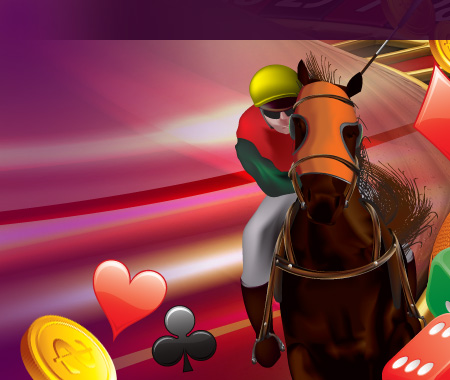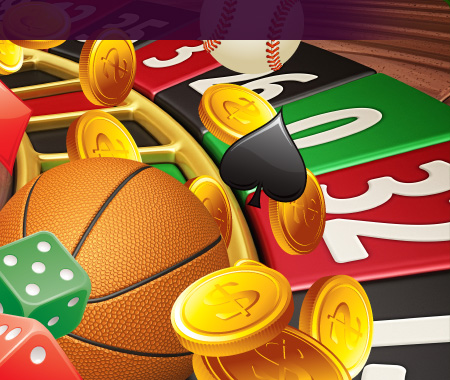Video Poker Hints
Dear Mark,
Thanks to your column, I pay close attention to the video poker payout schedule. It took some looking, but I found full pay (9-6) machines most of the time. In my searching, I found many 9-6 machines that paid the same for two pairs as for one pair (one credit). Is this a new payout scheme or did I just not notice it before? Hal M.
Unfortunately, Hal, your question is scant of some vital information, most notably, the rest of the pay-table story.
When you find a full-pay Jacks or Better game machine that pays 9 coins for a full house, and 6 for a flush, you'll know you're in the fast lane with a return rate of approximately 99.5%, making it an excellent wager.
Keen video poker players understand the difference between full-pay and partial-pay machines. The full-payers shell out the maximum for each winning hand; the partials don't.
In your example, Hal, a standard Jacks or Better full-pay machine returns 9-for-1 on a Full House, and 6-for-1 for a Flush. But keep reading. If the machine pays only 8-for-1 on a Full House, it would be considered a partial-pay machine. Obviously, we both know which is the better play. But there's a slight aroma of equation-warpage behind your question, Hal. The full-versus-partial equation changes when the machine only pays 1-for-1 for two pairs. Odds-on, you were probably playing on some hybrid Bonus Poker machine, where the payoff bonus for Four-of-a-Kind is reduced to 1-for-1.
If the paytable looked anything like this, Royal flush 250-for-1; Straight Flush 50-for-1; four Aces 80-for-1; four 2s, 3s or 4s 40-for-1; four 5s through Kings 25-for-1; Full House 9-for-1; Flush 6-for-1; Straight 4-for-1; Three-of-a-Kind 3-for-1; two Pair 1-for-1; pair of Jacks or Better 1-for-1, TAKE A DEEP BREATH you could be giving the house an extra 5-plus percent on your play. Reducing the return on two-Pair hands penalizes the player too far, even with the increased payoffs on Four-of-a Kinds. But again, Hal, without knowing the complete paytable, I cannot give you an unequivocal answer. Meanwhile, keep looking for those Full Pay 9/6 machines where you are paid 2-for-1 for two Pair, and scoff at any machine whose paytable remotely resembles the one sketched out above.
Dear Mark,
Some casino dealers hit their soft 17s, other don't. My brother says that it's better to play on a game where the dealer hits a soft 17. Is he right? Ben R.
Bzzzt! Wrong, Ben!
When the dealer hits a soft 17, you are giving the house an additional two-tenths of one percent advantage. Watch my hands: with a soft 17, the dealer's hand improves with any one of Ace, 2, 3 or 4, or stays the same with a 10, Jack, Queen or King. Therefore, eight of every 13 cards either improve the dealer's hand, or keep it the same. Got it? And if any of the other five cards is drawn, the dealer still has a chance to escalate his hand-value with another draw.
Dear Mark,
What is the house advantage, if any, if I use a never-bust system against the dealer? I generally play on shoe games that either have six or eight decks. Hank R.
Big no-no, Hank. I do not recommend ever using the never-bust strategy, which gives the casino a 5% advantage. By using strict basic strategy, which recommends hitting plenty of stiff hands, you cut the house edge to a half of one percent on the six- or eight-deck games. Use it (basic strategy), or lose it (contents of your wallet) with the never-bust system.
FROM OUR EMAIL
- Black Jack Tips
- Craps Strategies
- Four Card Poker
- Jacks or Better Basic Strategy
- Roulette Strategies
- Slot Machine Strategies
- Video Poker Tip



